Eggs meet sperm, fertilization occurs, babies are formed. Easy? Truly! Learn about the notion of female receptivity or freedom of choice for women. By shrinking even further, the female eggs really choose.
As Scott Gilbert, a developmental biologist at Swarthmore College, believes, “the egg dialogues with the sperm, rather than blocking it.” Therefore, fertilization is not really an achievement, but a fair race.
After much research, it has also been shown that eggs tend to attract a specific type of sperm if given the opportunity. We’re excited about the research that has shown that eggs can be picky and can choose their own sperm.
The Popular Notion – The Race Of The Sperm
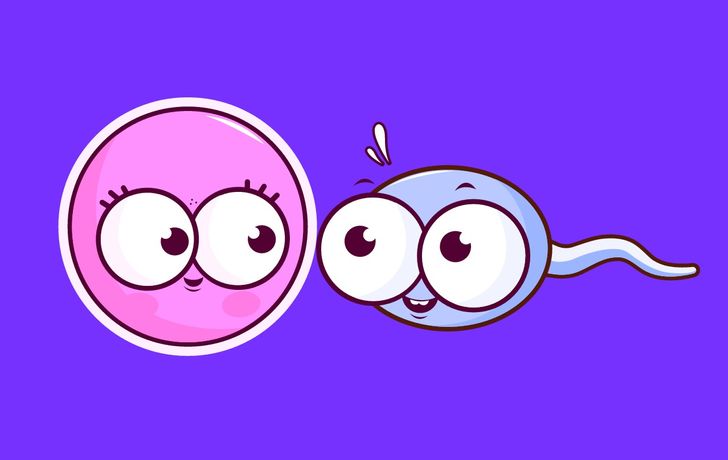
Any couple planning to extend their family always believes that the sperm rush to the egg. Let’s start from the beginning. All ready sperm, the healthiest egg, and here the race begins! As we learned in school, millions of sperm go to a single egg. When an X meets an X, it is a girl, and when an X meets a Y, it is a boy.
So, now let’s start the unlearning process.
Female Eggs Refuse To Be Submissive. They Play A Dominant Role And Choose Their Own Sperm:
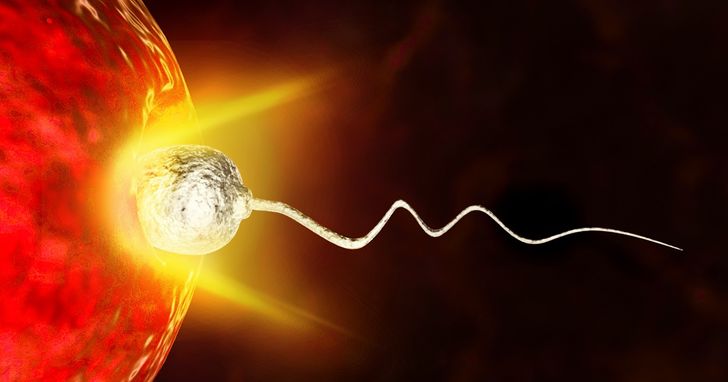
Race? Oh, wait! It was never a race, as the winner is already decided. In simple language, the egg has already chosen the type of sperm it will allow to enter.
As researched and explained by scientist Dr. Joseph H. Nadeau, eggs are not submissive and docile, but a key element in the reproductive process. And contrary to the popular notion that the sperm runs to the egg, it is actually the other way around.
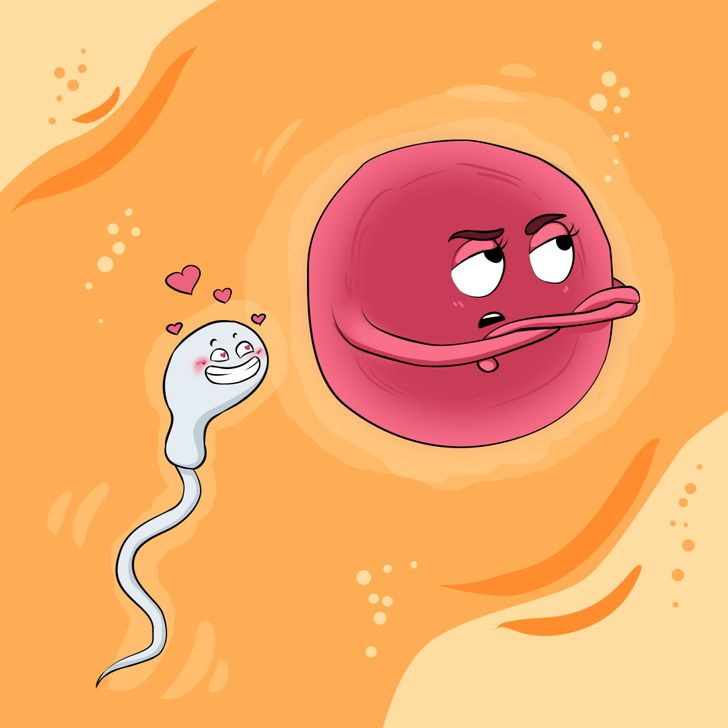
As the Pacific Northwest Research Institute explains, it is the ovum that favors or discards a sperm and makes one’s sexual selection at the cellular level more complex.
It is strange, but it is true that such an obvious process has been poorly evaluated all this time.
How Mendel’s Law Was Defied?
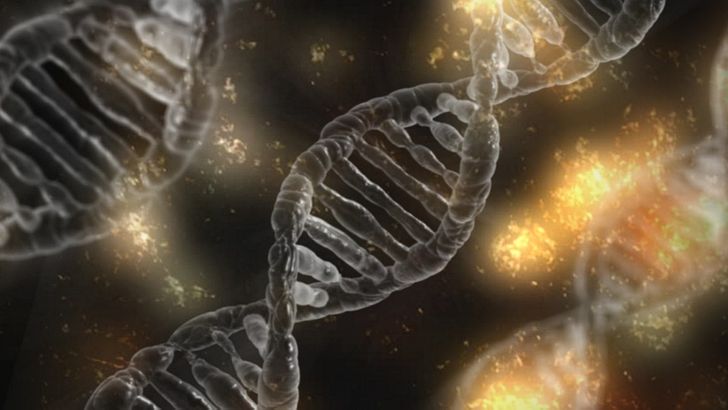
Mendel’s Law, by definition, is the law of segregation. It is also called the law of inheritance, according to which each parent carries 2 copies of each gene.
The next step is the “random fertilization” process, in which these genes are randomly divided into gametes that carry only one copy. However, recent studies have totally discarded this belief.
Dr. Nadeau conducted two separate experiments that suggested a different theory. His intention was to produce specific predictable ratios for gene combinations in the offspring (according to Mendel’s laws). However, it failed.
As part of his experiment, he first gave female mice a normal and a mutant gene that increased the chances of developing testicular cancer. The male mice had all the normal genes. The result was in accordance with Mendel’s law.
Experiment 2: This time, Dr. Nadeau reversed the reproduction. He gave the male mice the mutant cancer gene, while the female mice had all the normal genes. And there it was! He was surprised to see that only 27% received the mutant version, while he expected it to be 75%.
What we all learned about the normal and mutant versions of DND1 in the mother and father was completely out of the question. What he understood from all this was to qualify fertilization as non-random and to prove the existence of a mechanism that allows the egg to choose the sperm with the normal gene instead of the mutated gene. In scientific terms, they call it “genetically biased fertilization.”
What Does This Signify?
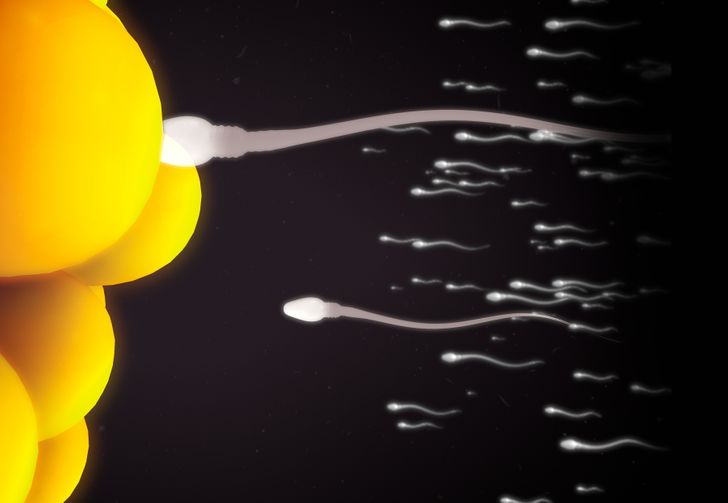
What does that mean? Has it always been this way and has it gone unnoticed by the best scientists?
Dr. Nadeau gave reasons for this newfound theory. He believed that there could be two possibilities for this.
The attraction between sperm and egg largely involves the folic acid molecule. The metabolism of vitamin B or folic acid is different in an egg and a sperm. These same changes can be the deciding factor for the attraction between the sperm and the egg.
Sperm are already present in the female reproductive tract when they go to the egg. The egg may not be fully developed during this period. There is a possibility that the ovum influences this cell division, so its genes may also be suitable for sperm.
Hope this clears up the picture a bit. Don’t you think this information should also be shared? Share your thoughts on this newfound knowledge


